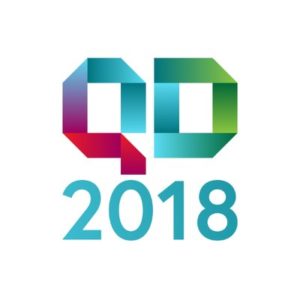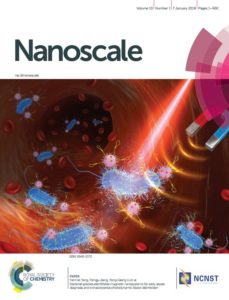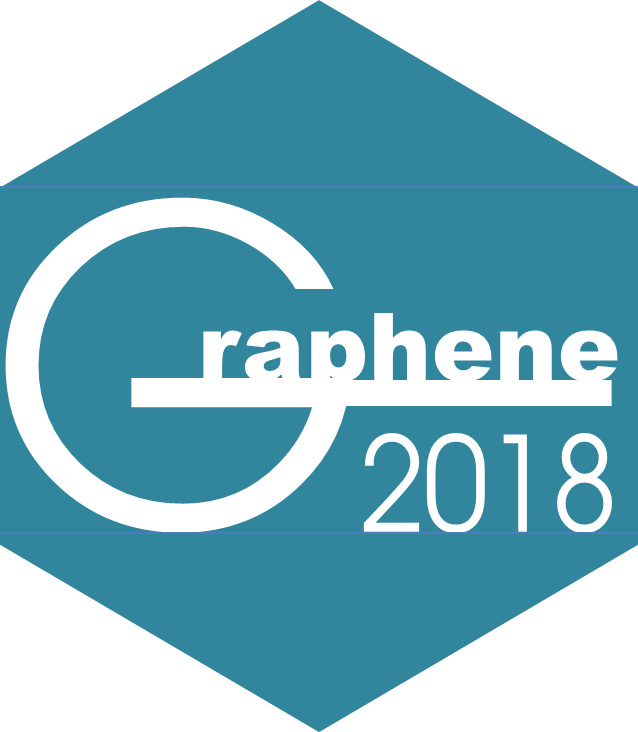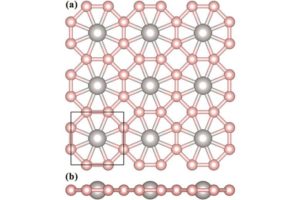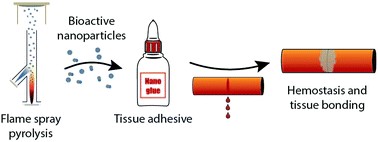 IEEE-NANO is the flagship IEEE Nanotechnology conference, which has been a successful annual conference since 2001. The conference scope spans both nanoscience and nanotechnology, including:
IEEE-NANO is the flagship IEEE Nanotechnology conference, which has been a successful annual conference since 2001. The conference scope spans both nanoscience and nanotechnology, including:
- Developing new nanomaterials or manipulating matter at nanometre length scale
- Studying the fundamental physical, chemical or biological properties of these nanomaterials and nanostructures
- Manipulating and optimizing nanomaterials and nanostructures to create new nanosensors, nanoactuators and nanoelectronic/nanophotonic devices.
The thematic focus for IEEE NANO 2018 is Nano-Enabled Smart Things: new materials, devices and systems that can benefit humanity through applications in communications, energy, healthcare, food and environment. The conference themes will encompass experimental contributions as well as modelling and simulation.
Confirmed plenary speakers include:
- Professor John A. Rogers (Northwestern University, USA)
- Professor Clivia M. Sotomayor Torres (Catalan Institute of Nanoscience and Nanotechnology, Spain)
- Professor Malini Olivo (A*STAR, Singapore)
- Professor Rong Chen (Huazhong University of Science and Technology, China)
- Professor Debdepp Jena (Cornell University, USA)
- Professor Gary Rubloff (University of Maryland, USA)
Visit the conference website for further details http://ieeenano18.org/











